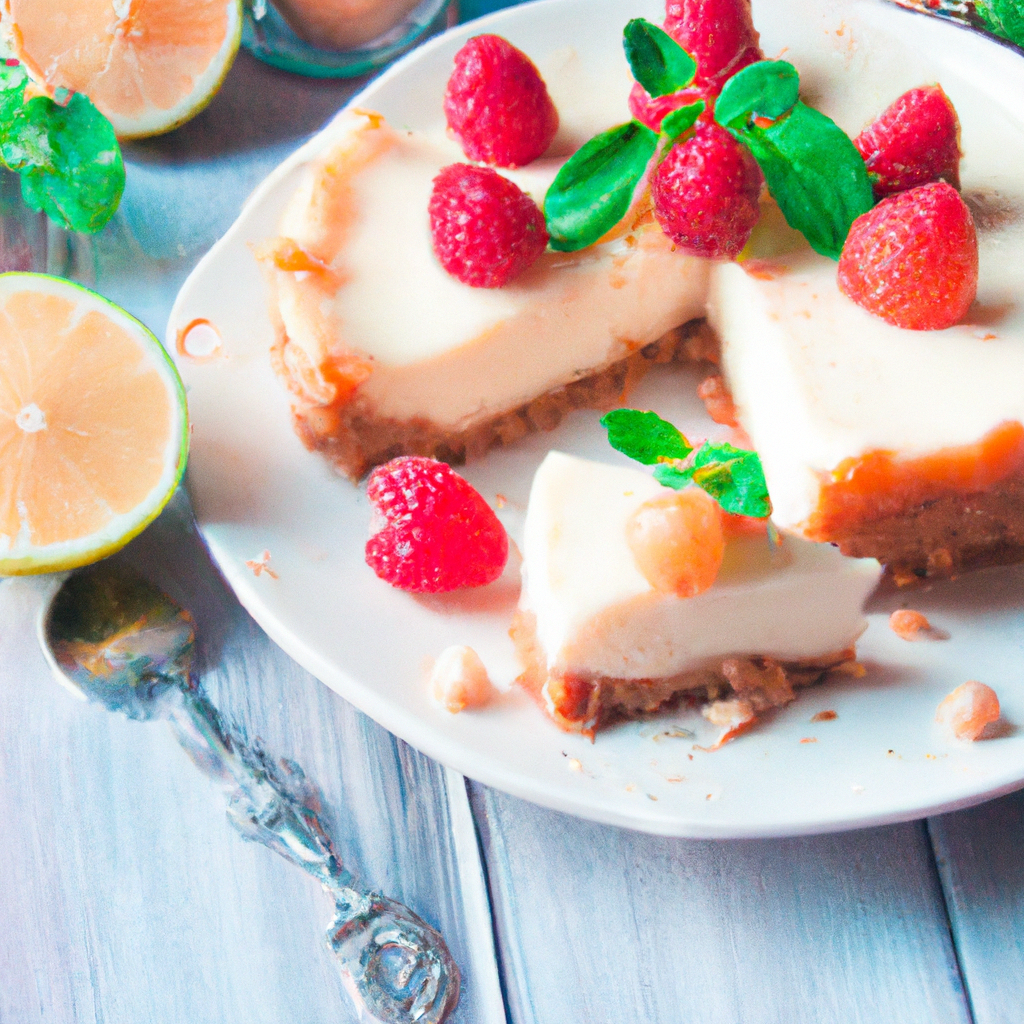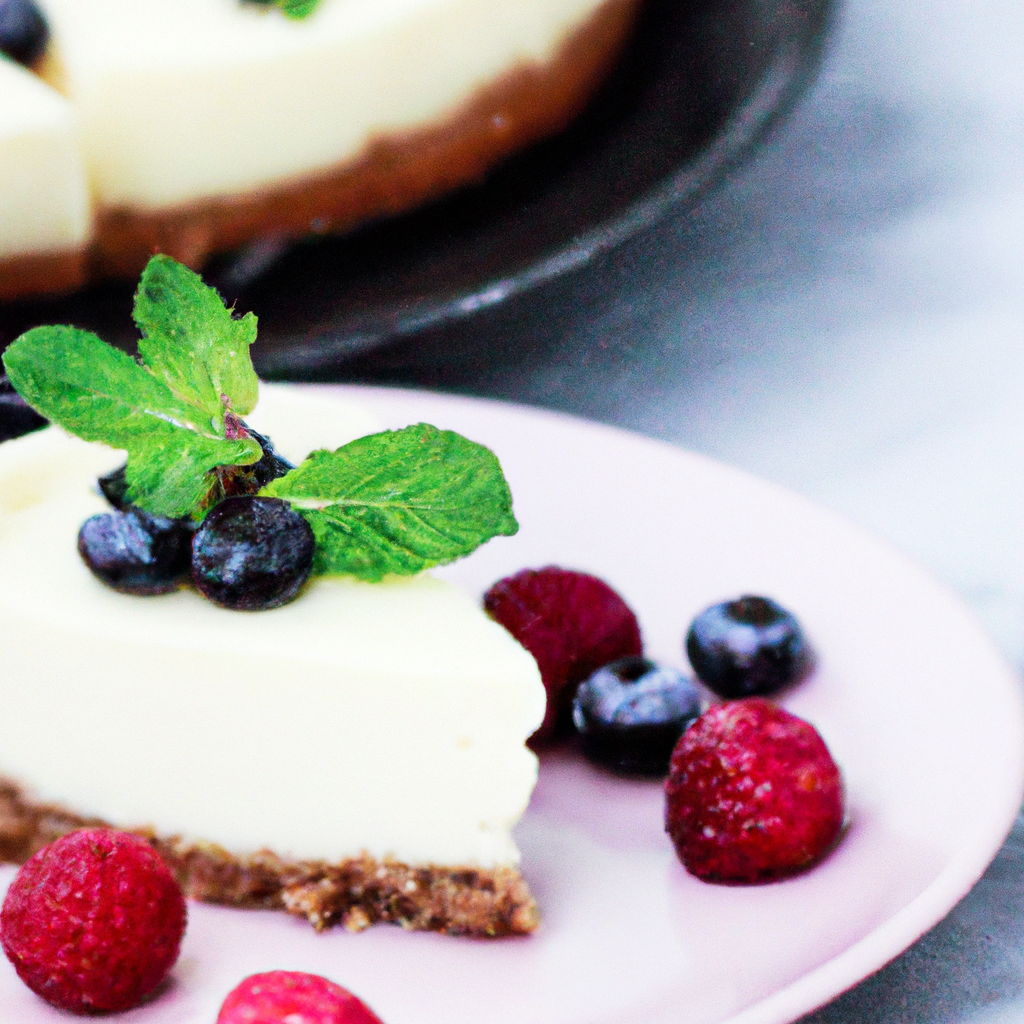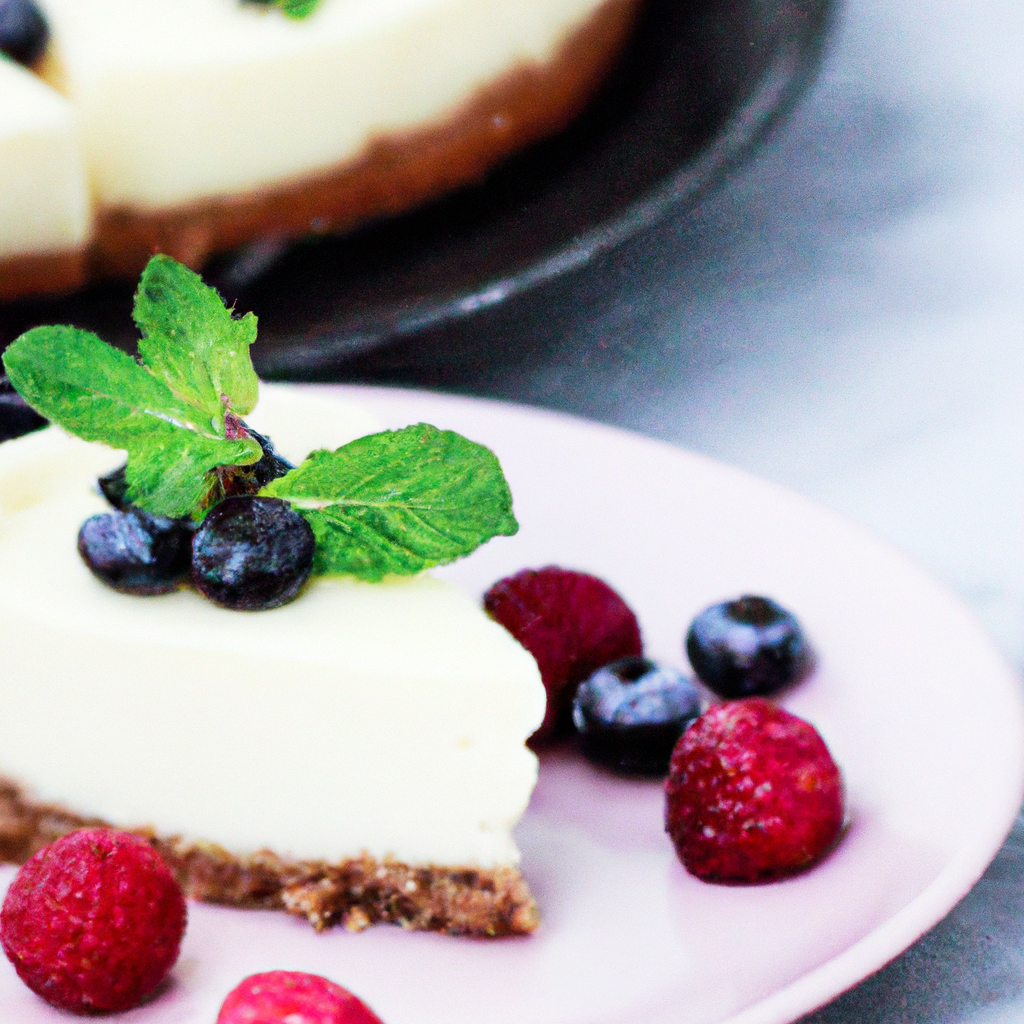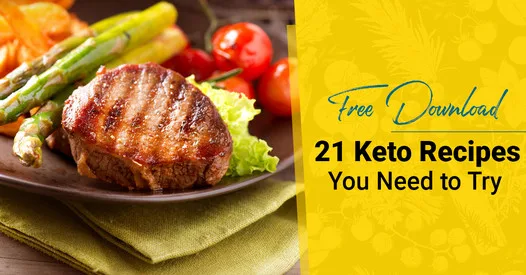Are you a staunch follower of the keto diet but still harboring an irresistible craving for cheesecake? The good news is, you might not have to resist at all. The article “The Possibility of Eating Cheesecake on a Keto Diet” sheds light on how you can quite feasibly incorporate that heavenly dessert into your diet, without disrupting your regimented keto journey. Get ready to indulge yourself without guilt. Now, isn’t that something to look forward to?
Understanding the Keto Diet
Understanding the keto diet starts with grasping the basic concept and principles. The ketogenic diet, better known as the keto diet, is a low-carb, high-fat diet that puts your body in a state of ketosis. Ketosis is a metabolic state in which your body uses fat for fuel instead of carbohydrates. This reduction in carbs puts your body into a metabolic state called ketosis, where your body efficiently burns fat for energy instead of glucose.
Concept and principles of a ketogenic diet
The ketogenic diet is a very low-carb, high-fat diet that is similar in many respects to the Atkins diet and other low-carb diets. The primary aim of a keto diet is to reduce the intake of carbohydrates drastically and replacing them with fats. The carbohydrate reduction puts your body into a metabolic state called ketosis, where it becomes incredibly efficient at burning fat for energy and turning it into ketones in your liver.
Benefits of a keto diet
A keto diet is not only effective for weight loss but can also improve health in other ways. This includes managing blood sugar levels, improving mental cognition, reducing the risk of chronic diseases like heart disease and stroke, and much more. The high-fat, low-carb diet can help reduce insulin resistance and potentially help manage symptoms of diabetes.
Side effects and risks involved
Although the benefits of a keto diet are vast, so are the side effects and risks involved, especially for those just starting. The side effects, often referred to as the keto flu, could include dizziness, nausea, constipation, and decreased energy levels for the first few days. Prolonged adherence to the keto diet also carries risks such as nutrient deficiencies, decreased bone density, and increased risk of heart diseases due to high intake of saturated fats.
What Constitutes a Ketogenic Diet
A ketogenic diet essentially comprises specific foods and macro nutrient ratios.
Types of food common in a keto diet
In a ketogenic diet, the main foods you would typically consume are meats, fatty fish, cheese, avocados, low carbohydrate vegetables like spinach and broccoli, and healthy oils like extra virgin olive oil or avocado oil. Foods to avoid generally include sugary foods, grains and starches, fruit, beans, root vegetables, and alcohol.
The macro nutrient ratios in a ketogenic diet
The ketogenic diet focuses on macro nutrients in specific ratios – generally, 70-75% of your calories from fats, 20-25% from protein, and only about 5-10% from carbohydrates.

Understanding Cheesecake’s Nutritional Values
Cheesecake is a beloved dessert worldwide, but where does it fit nutritionally?
Components of classic cheesecake
A classic cheesecake is generally composed of a crust made from crushed graham crackers or cookies, a filling made from cream cheese, sugar, and eggs, and sometimes topped with a fruit or cream topping.
How cheesecake generally affects a diet
Typically, a single slice of cheesecake can pack a significant number of calories and sugar, potentially affecting your diet if you’re watching your weight or sugar intake.
Where Does Cheesecake Fit In a Keto Diet
Cheesecake in its traditional form might not be the perfect fit for a keto diet, but some modifications can be made to make it fit.
Assessing if a standard cheesecake aligns with keto principles
A standard cheesecake, with its sugar content and grain-based crust, doesn’t quite align with keto dietary principles. While it’s heavy on the cream cheese, which is a high fat and low-carb food, the added sugar and the crust are where it fails the keto test.
Which elements of cheesecake may be problematic in a keto diet
As mentioned above, the sugar content and the typically grain-based crust of standard cheesecake poses a problem for those following a keto diet. These elements are high in carbs, which goes against the principles of a low-carb diet like keto.

Keto-friendly Cheesecake: Is it Possible?
The quest for a keto-friendly cheesecake isn’t impossible. By substituting certain ingredients, a keto-friendly cheesecake can indeed be created!
Looking at potential keto-friendly cheesecake ingredients
A keto-friendly cheesecake would essentially replace the high-carb ingredients in a traditional cheesecake. For example, alternative flour like almond or coconut flour can serve as a great low-carb crust. Moreover, natural sweeteners like stevia or erythritol can replace the sugar.
Substituting high-carb cheesecake ingredients with keto-friendly alternatives
To transition into a cheesecake that fits well into a ketogenic lifestyle, it is crucial to substitute high-carb ingredients with keto-friendly alternatives. An example of this would be using almond flour or coconut flour instead of traditional flour for the crust. Likewise, replacing regular sugar with erythritol or stevia can cut down the carb count.
Keto-friendly Cheesecake Recipes
For those wanting to indulge in a cheesecake while on a keto diet, here are a few quick recipes.
Guide for preparing no-bake keto cheesecake
A no-bake keto cheesecake can be prepared by making a crust with almond flour and butter, filling it with a mixture of cream cheese, sweetener, and vanilla extract, and chilling it in the fridge until needed.
Recipe for a keto-friendly baked cheesecake
A baked cheesecake might require a bit more effort but remains keto-friendly with a crust made from almond flour, butter, and sweetener. The filling can contain cream cheese, sweetener, eggs, and vanilla extract, baked in the oven until set.
Understanding keto-friendly cheesecake variants
Apart from the classic plain keto cheesecake, you could try various variants living up the flavors by adding ingredients such as cocoa powder for a chocolate version or adding lemon zest and juice for a citrusy version.
Store-bought Keto Cheesecakes: What to Look Out For
If baking isn’t your forte, store-bought keto-friendly cheesecakes can be an alternative.
Assessing keto-friendliness of ready-made cheesecakes
When buying ready-made cheesecakes, it is essential to check the ingredients list for any added sugars or grains. Look out for ones that use almond or coconut flour and natural sweeteners.
Popular brands offering keto-friendly cheesecakes
Several brands offer keto-friendly cheesecakes in stores or online. They make their cheesecakes with low-carb ingredients keeping in mind the macros required for a keto diet.
Maintaining Ketosis while Eating Cheesecake
A significant part of maintaining ketosis involves monitoring consumption.
Incorporating cheesecake into a keto diet without breaking ketosis
The best way to incorporate cheesecake into a keto diet without breaking ketosis is to consume it in moderation, ensuring it fits within your daily macronutrient goals.
Monitoring portion sizes, frequency
Like with any dessert, the key lies in portion control. Monitoring portion sizes and the frequency with which you consume keto-friendly cheesecake will ensure you stay within your carb limits.
Debunking Myths Around Cheesecake and Keto Diet
Like any diet, the keto diet and its compatibility with cheesecake have quite a few myths surrounding them.
Addressing common misconceptions
One of the biggest misconceptions is that keto is all about eating as much fat as you can. While it is high-fat, it’s more about eating the right kind of fats and staying within your macro ratios. Similarly, not all cheesecakes, even those labeled as ‘sugar-free’, are keto-friendly.
Scientifically-backed arguments for cheesecake in a keto diet
Several scientifically-backed arguments state that a properly made keto-friendly cheesecake can indeed be part of a ketogenic diet. The most crucial aspect is that it adheres to the low-carb, high-fat principles of a keto diet.
Effects of Regular Cheesecake Consumption on Keto Diet
Regular consumption of cheesecake, even if keto-friendly, has some impacts on the keto diet.
Immediate and long term effects on ketosis
The most immediate effect will be felt on your daily carb limit. Even keto-friendly versions have some carbs due to the sweeteners used. Over time, regular or high consumption could lead to weight gain, as desserts including cheesecake, are usually calorie-dense.
Managing and mitigating any negative impacts
The best way to manage and mitigate any potential negative impacts on your keto diet from regular cheesecake consumption is through portion control and moderation. Cheesecake, even a keto-friendly version, should be treated as an occasional treat and not a staple diet item.
Final thoughts? Yes, cheesecake on a ketogenic diet is possible. However, it should be made following all the principles of the diet and should be consumed in moderation, always keeping your daily macro targets in mind.

